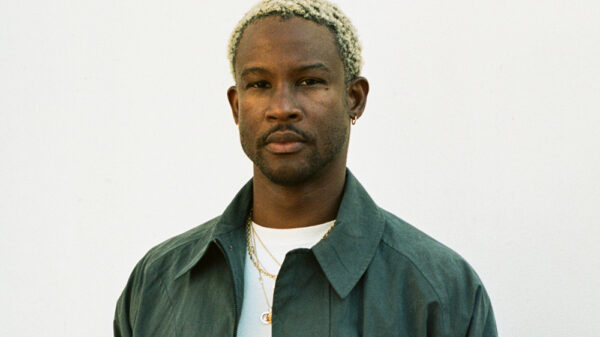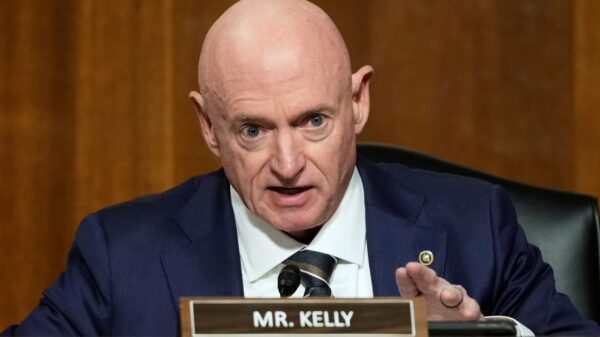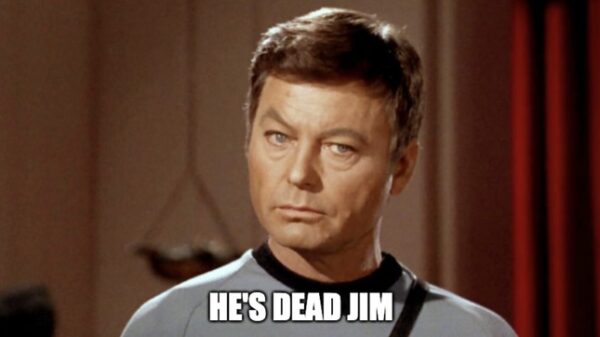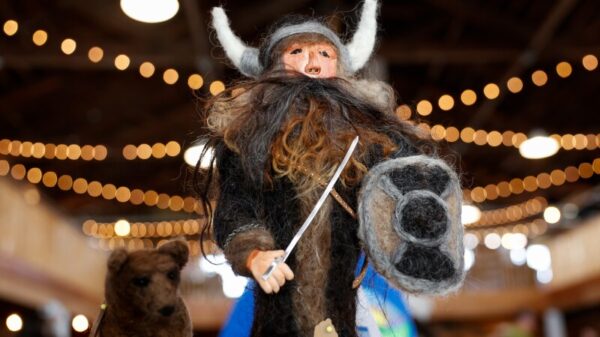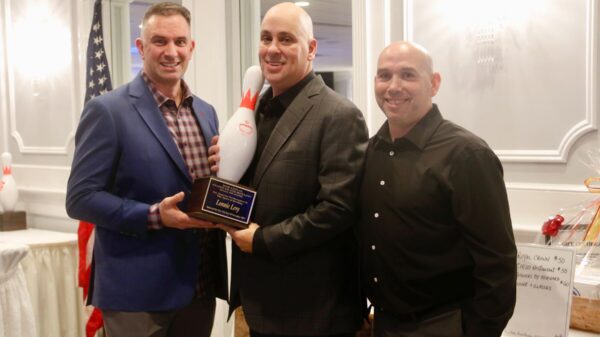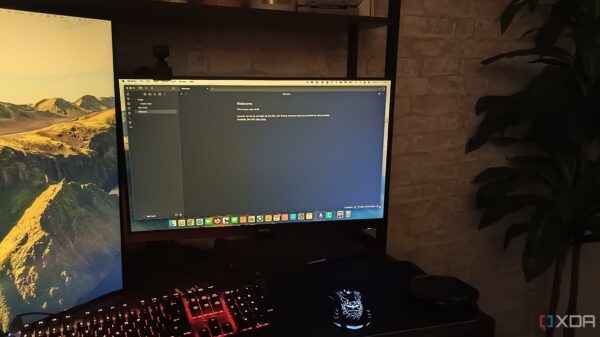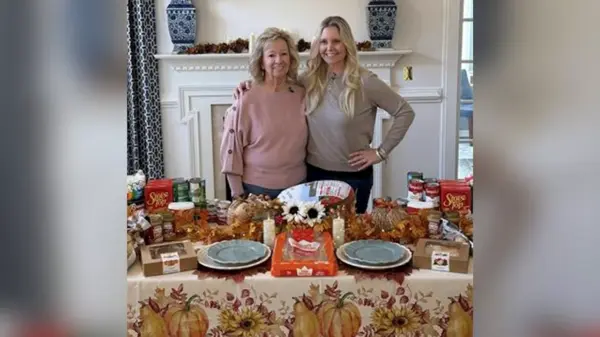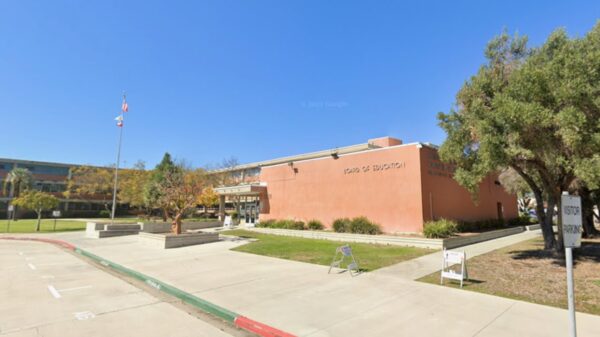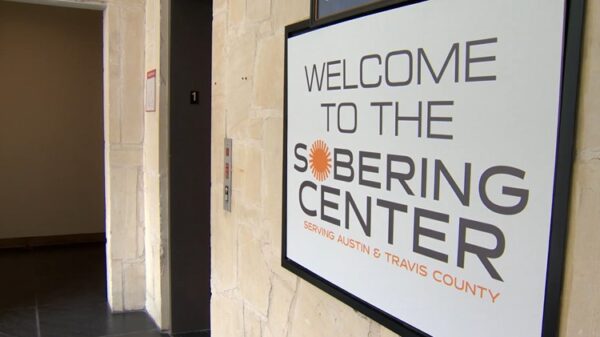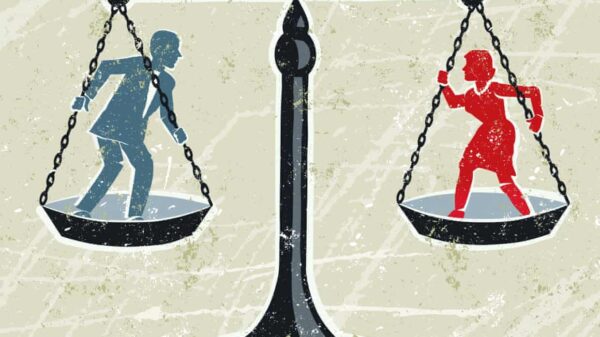Ethan Hawke stars in the new FX series, The Lowdown, which delves into the complex and often painful history of Tulsa, Oklahoma. The show follows journalist Lee Raybon, who identifies as a “truthstorian.” Lee investigates the powerful Washburg family, uncovering their connections to significant historical events that shaped the city and its treatment of marginalized communities.
At the core of the narrative is Tulsa’s tragic past, particularly the forced relocation of Indigenous tribes during the 1830s, known as the Trail of Tears. This dark chapter in American history involved the displacement of over 100,000 Indigenous people, resulting in the deaths of approximately 15,000 during their journey. The Cherokee and Seminole tribes were among the most affected. Director Sterlin Harjo, a member of the Seminole tribe, emphasizes that while the show addresses the darkness of this history, it also highlights the resilience of these communities.
The series does not shy away from the violent legacy of systemic racism in Tulsa. In 1921, one of the most catastrophic events in U.S. history unfolded—the Tulsa Race Massacre. A white mob attacked Black residents, destroying more than 35 city blocks and resulting in over 300 deaths. The incident, fueled by false rumors of a Black teenager assaulting a white woman, devastated the thriving Black community known as Black Wall Street. Tragically, this massacre was largely unreported at the time, leaving many Americans unaware of its significance.
As Lee unravels the Washburg family’s history, he uncovers their likely involvement in the massacre or their benefit from the subsequent destruction of Black-owned businesses and homes. The series paints a stark picture of how the remnants of this violence continue to affect Tulsa’s residents today.
Systemic Racism and Gentrification in ‘The Lowdown’
The show’s narrative explores how systemic racism persists in contemporary Tulsa. In the first episode, Lee confronts affluent white individuals scheming to buy land owned by people of color, effectively gentrifying the area. This situation reflects ongoing covert racism, as the wealthy plot to reshape the city into a space devoid of minorities.
The dynamics of race are further illustrated through Lee’s interactions with two Neo-Nazis who react violently to his reporting. Although these characters lack wealth, their attitudes exemplify the pervasive nature of white supremacy, echoing the sentiments that fueled both historical events depicted in the series.
Additionally, two Indigenous characters share their experiences of incarceration, highlighting the long-term impact of historical subjugation on Native communities. Their stories emphasize how generations of oppression have led to increased rates of incarceration among Indigenous individuals.
Authenticity and Community Healing
By addressing these historical injustices, The Lowdown offers a chilling yet authentic portrayal of Oklahoma’s legacy. The series illustrates that individuals like Dale Washburg, who may rise to political prominence, often thrive by exploiting systemic inequalities that continue to marginalize people of color.
In an interview, Harjo noted that confronting this sobering history can foster community healing. He stated, “That truth and being honest with your past is healing, and it brings a community back together and wakes people up.” This perspective brings a hopeful balance to the series, suggesting that acknowledging the past can lead to a more inclusive and equitable future.
As the season progresses, viewers will see Lee navigate deeper into the Washburg family’s legacy and the repercussions of Tulsa’s dark history. With several episodes remaining, The Lowdown is poised to further explore the connections between historical trauma and modern-day struggles in the city. The series is not only a gripping neo-noir drama but also a reminder of the importance of understanding history to shape a better future.



